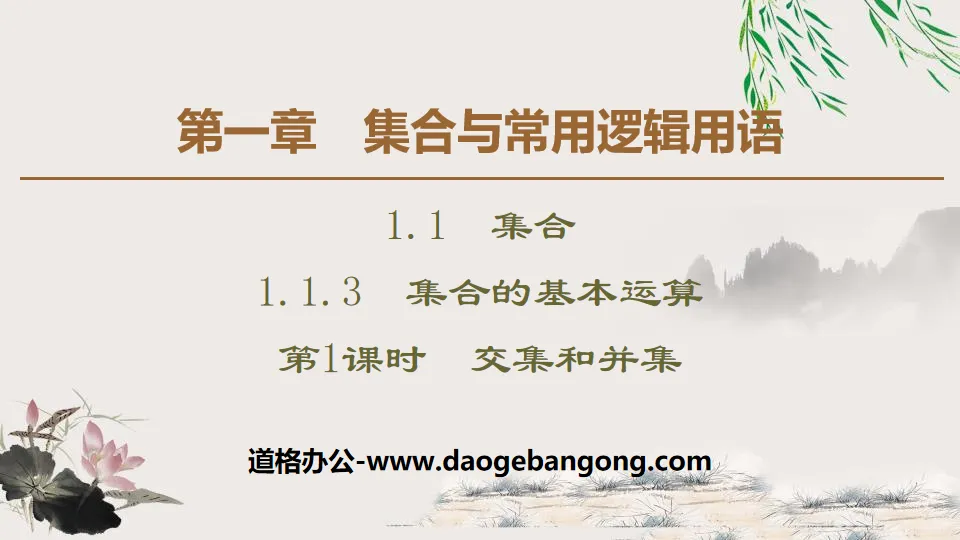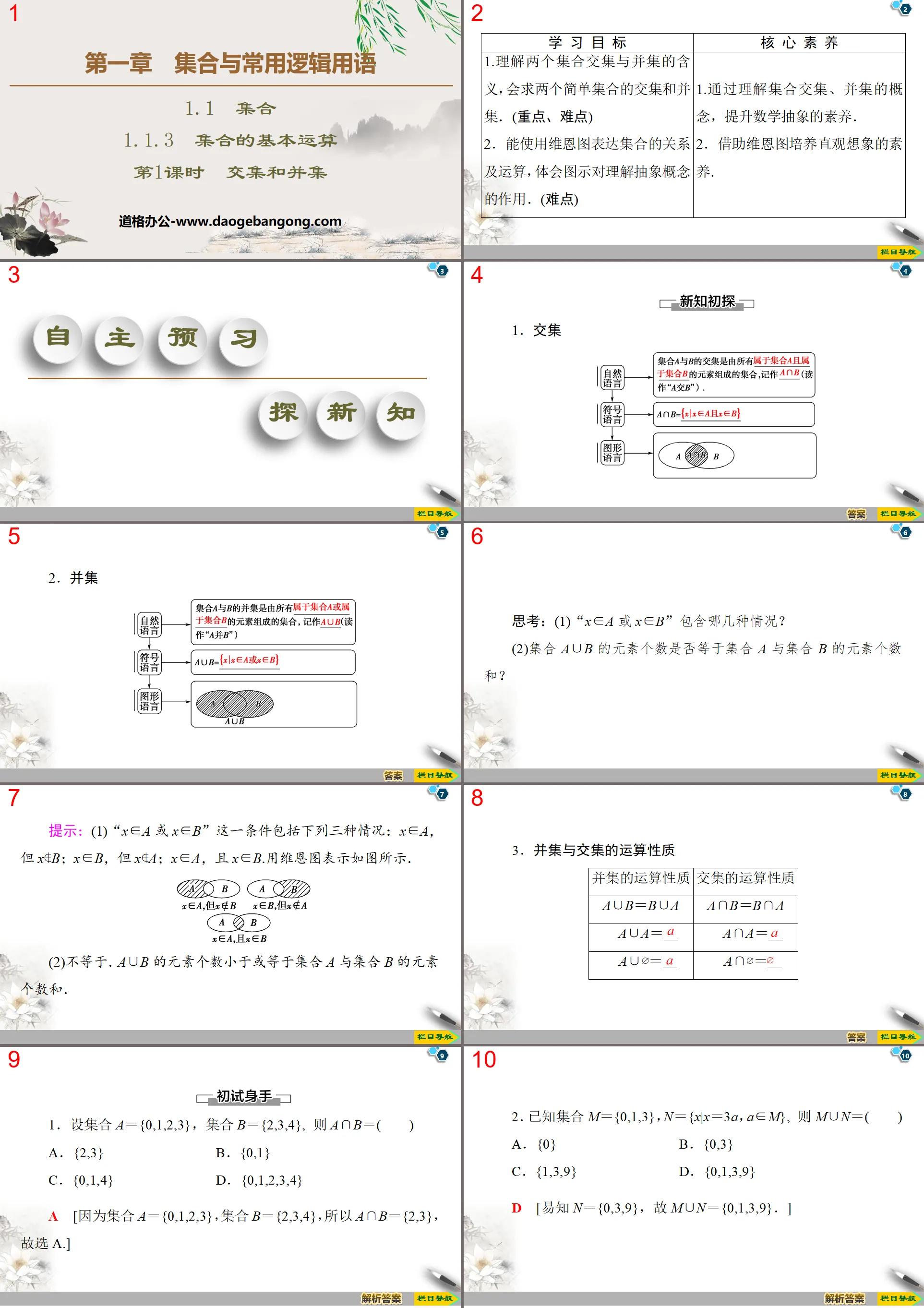Western Normal University Edition First Grade Mathematics Volume 1
Beijing Normal University Edition Seventh Grade Mathematics Volume 1
People's Education Press First Grade Mathematics Volume 1
People's Education Press Second Grade Mathematics Volume 1
Beijing Normal University Edition Seventh Grade Mathematics Volume 2
People's Education Press Third Grade Mathematics Volume 1
Beijing Normal University Edition Eighth Grade Mathematics Volume 1
Qingdao Edition Seventh Grade Mathematics Volume 1
Beijing Normal University Edition Fifth Grade Mathematics Volume 1
Hebei Education Edition Third Grade Mathematics Volume 1
Hebei Education Edition Seventh Grade Mathematics Volume 2
People's Education Press First Grade Mathematics Volume 2
People's Education High School Mathematics Edition B Compulsory Course 2
Qingdao Edition Seventh Grade Mathematics Volume 2
Beijing Normal University Edition Fifth Grade Mathematics Volume 2
Hebei Education Edition Fourth Grade Mathematics Volume 2

| Category | Format | Size |
|---|---|---|
| People's Education High School Mathematics Edition B Compulsory Course 1 | pptx | 6 MB |
Description
"Basic Operations of Sets" Sets and Common Logic Terms PPT Courseware (Lecture 1 Intersection and Union)
Part One: Learning Objectives
1. Understand the meaning of intersection and union of two sets, and be able to find the intersection and union of two simple sets. (main difficulty)
2. Be able to use Venn diagrams to express the relationships and operations of sets, and appreciate the role of diagrams in understanding abstract concepts. (difficulty)
core competencies
1. Improve your mathematical abstract literacy by understanding the concepts of set intersection and union.
2. Cultivate the ability of intuitive imagination with the help of Venn diagrams.
Basic operations on sets PPT, part 2: independent preview to explore new knowledge
1. intersection
2. union
Thinking: (1) What kind of situations does "x∈A or x∈B" include?
(2) Is the number of elements in set A∪B equal to the sum of the number of elements in set A and set B?
Tips: (1) The condition "x∈A or x∈B" includes the following three situations: x∈A, but x∉B; x∈B, but x∉A; x∈A, and x∈B. Use a Venn diagram to represent it as shown in the figure.
(2) is not equal to. The number of elements of A∪B is less than or equal to the sum of the number of elements of set A and set B.
3. Operational properties of union and intersection
First try
1. Assume set A={0,1,2,3} and set B={2,3,4}, then A∩B=()
A. {2,3}B. {0,1}
C. {0,1,4} D. {0,1,2,3,4}
2. It is known that the set M={0,1,3}, N={x|x=3a, a∈M}, then M∪N=()
A. {0} B. {0,3}
C. {1,3,9} D. {0,1,3,9}
3. (2018•National Volume III) It is known that the set A={x|x-1≥0}, B={0,1,2}, then A∩B=()
A. {0}B. {1}
C. {1,2} D. {0,1,2}
4. Set A={0,2,a}, B={1,a2}, if A∪B={0,1,2,4,16}, then the value of a is ________.
Basic operations of sets PPT, the third part: cooperative exploration to improve literacy
The concept of intersection and its applications
[Example 1] (1) Suppose the set A={x|-1≤x≤2}, B={x|0≤x≤4}, then A∩B is equal to ()
A. {x|0≤x≤2} B. {x|1≤x≤2}
C. {x|0≤x≤4} D. {x|1≤x≤4}
(2) It is known that the set A={x|x=3n+2, n∈N}, B={6,8,10,12,14}, then the number of elements in the set A∩B is ()
A. 5B. 4
C. 3D. 2
regular method
1. Methods for calculating the intersection of sets
(1) Definition method, (2) Number-shape combination method.
2. If A and B are infinite continuous number sets, the number axis is often used to solve the problem. However, it should be noted that when expressing inequalities using a number line, values containing endpoints are represented by solid points, and values without endpoints are represented by hollow points.
The concept of union and its applications
[Example 2] (1) Suppose the set M={x|x2+2x=0, x∈R}, N={x|x2-2x=0, x∈R}, then M∪N=()
A. {0}B. {0,2}
C. {-2,0} D. {-2,0,2}
(2) It is known that the set M={x|-3
A. {x|x<-5 or x>-3}
B. {x|-5 C. {x|-3 D. {x|x<-3 or x>5} regular method Two basic methods for finding the union of sets 1 Definition method: If the set is represented by the enumeration method, it can be solved directly by using the definition of union; 2 Number-shape combination method: If the set is a number set composed of real numbers represented by the descriptive method, it can be solved with the help of the number line analysis method. Properties and comprehensive applications of set intersection and union operations [Inquiry Questions] 1. Suppose A and B are two sets. If A∩B=A and A∪B=B, what is the relationship between sets A and B? Tip: A∩B=A⇔A∪B=B⇔A⊆B. 2. If A∩B=A∪B, what is the relationship between sets A and B? Tip: If A∩B=A∪B, then the set A=B. Class summary 1. Understanding of the concepts of union and intersection (1) For unions, we should pay attention to the meaning of "or". There is a principled difference between "or" and the commonly said "either-or". They are "compatible". The condition "x∈A, or x∈B" includes the following three situations: x∈A but x∉B; x∈B but x∉A; x∈A and x∈B. Therefore, A∪B is A set consisting of all elements belonging to at least one of A and B. (2) The elements in A∩B are "all" the elements that belong to set A and belong to set B, not some. In particular, when set A and set B have no common elements, it cannot be said that A and B have no intersection, but It is A∩B=∅. 2. Things to note when performing intersection and union operations on sets (1) For a set with a limited number of elements, it can be solved directly according to the definition of "intersection" and "union" of the set, but attention should be paid to the mutual heterogeneity of the set elements. (2) For a set with an infinite number of elements, when performing intersection and union operations, the number axis can be used to solve the problem using the number axis analysis method, but attention should be paid to whether the endpoint value is obtained. Basic operations of sets PPT, part 4: reaching the standard and solidifying the double base in class 1. Thinking and analysis (1) The number of elements in set A∪B is the sum of the numbers of all elements in set A and set B. () (2) When set A and set B have no common elements, there is no intersection between set A and set B. () (3) If A∪B=A∪C, then B=C.() (4)A∩B⊆A∪B.() 2. It is known that the set M={-1,0,1} and P={0,1,2,3}, then the set represented by the shaded part in the figure is () A. {0,1} B. {0} C. {-1,2,3} D. {-1,0,1,2,3} 3. It is known that the set A={1,2,3}, B={x|(x+1)(x-2)=0, x∈Z}, then A∩B=() A. {1}B. {2}C. {-1,2}D. {1,2,3} 4. Suppose A={x|x2+ax+12=0}, B={x|x2+3x+2b=0}, A∩B={2}, C={2,-3}. (1) Find the values of a, b and A, B; (2) Find (A∪B)∩C. Keywords: Free download of PPT courseware for compulsory course No. 1 Mathematics of High School People's Education B version, PPT download of basic operations on sets, PPT download of sets and common logical terms, PPT download of intersection and union, .PPT format; For more information about the PPT courseware "Basic Operations Intersection and Union of Sets and Commonly Used Logic Terms ppt Sets", please click the Basic Operations Intersection and Union ppt of Sets and Commonly Used Logic Terms ppt Sets ppt tag. "End of Chapter Review Course" collection and common logic terms PPT courseware: "End of Chapter Review Course" Sets and Common Logic Terms PPT Courseware Question Type Explores the Union, Intersection, and Complement Operations of Sets [Example 1] It is known that the complete set U={0,1,2,3,4,5,6}, the set A={xN|1 "End-of-Chapter Review and Improvement Course" collection and common logic terms PPT: "End-of-Chapter Review and Improvement Course" Sets and Common Logic Terms PPT Part One: Comprehensive Improvement of Basic Concepts of Sets (1) It is known that set A = {0, 1, 2}, then set B = {x-y| The number of elements in xA, yA} is ( ) A. 1B. 3C. 5 D. 9 (2)If-.. "Sufficient conditions, necessary conditions" collection and common logical terms PPT (sufficient and necessary conditions in lesson 2): "Sufficient and Necessary Conditions" collection and common logical terms PPT (Lesson 2: Necessary and Sufficient Conditions) Part One Content: Learning Objectives 1. Understand the concept of necessary and sufficient conditions. (Difficulty) 2. Ability to determine the sufficiency, necessity, and sufficiency of conditions. (Key points) 3. Will proceed...
File Info
Update Time: 2024-11-22
This template belongs to Mathematics courseware People's Education High School Mathematics Edition B Compulsory Course 1 industry PPT template
"Basic Operations of Sets" Sets and Common Logic Terms PPT Courseware (Lecture 1 Intersection and Union) Simple campus recruitment activity planning plan summary enterprise and institution recruitment publicity lecture PPT template is a general PPT template for business post competition provided by the manuscript PPT, simple campus recruitment activity planning plan summary enterprise and institution recruitment promotion Lecture PPT template, you can edit and modify the text and pictures in the source file by downloading the source file. If you want more exquisite business PPT templates, you can come to grid resource. Doug resource PPT, massive PPT template slide material download, we only make high-quality PPT templates!
Tips: If you open the template and feel that it is not suitable for all your needs, you can search for related content "Basic Operations of Sets" Sets and Common Logic Terms PPT Courseware (Lecture 1 Intersection and Union) is enough.
How to use the Windows system template
Directly decompress the file and use it with office or wps
How to use the Mac system template
Directly decompress the file and use it Office or wps can be used
Related reading
For more detailed PPT-related tutorials and font tutorials, you can view: Click to see
How to create a high-quality technological sense PPT? 4 ways to share the bottom of the box
Notice
Do not download in WeChat, Zhihu, QQ, built-in browsers, please use mobile browsers to download! If you are a mobile phone user, please download it on your computer!
1. The manuscript PPT is only for study and reference, please delete it 24 hours after downloading.
2. If the resource involves your legitimate rights and interests, delete it immediately.
3. Contact information: service@daogebangong.com
"Basic Operations of Sets" Sets and Common Logic Terms PPT Courseware (Lecture 1 Intersection and Union), due to usage restrictions, it is only for personal study and reference use. For commercial use, please go to the relevant official website for authorization.
(Personal non-commercial use refers to the use of this font to complete the display of personal works, including but not limited to the design of personal papers, resumes, etc.)
Preview










